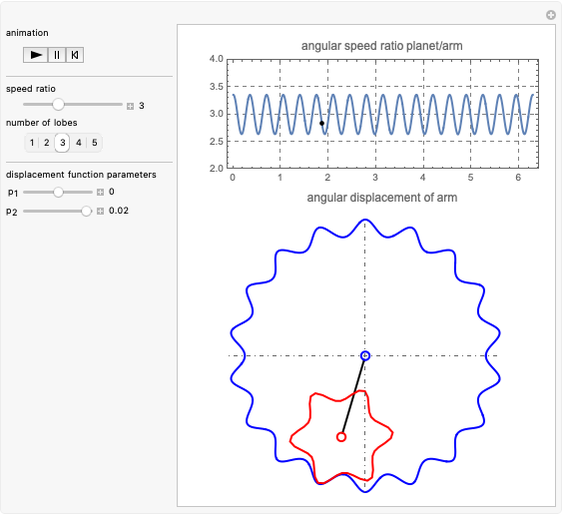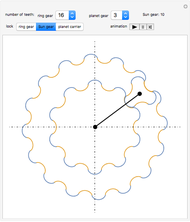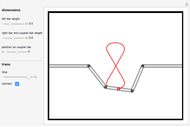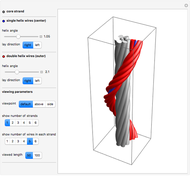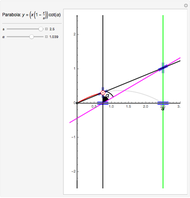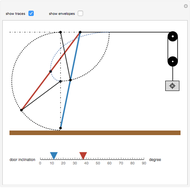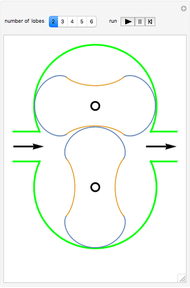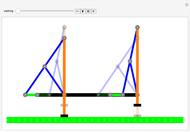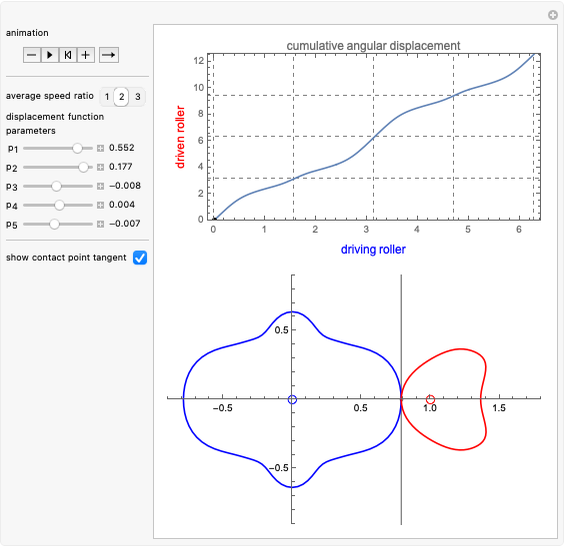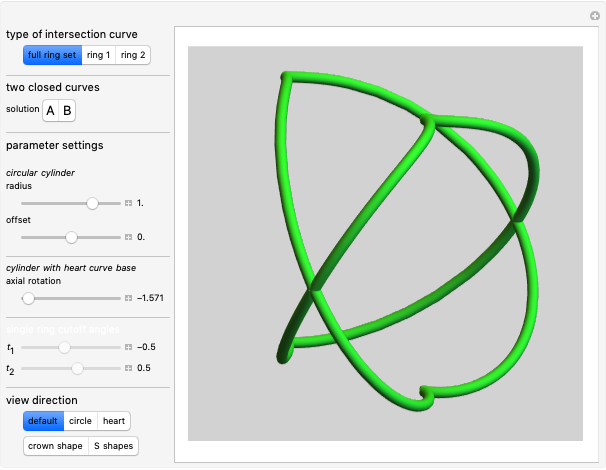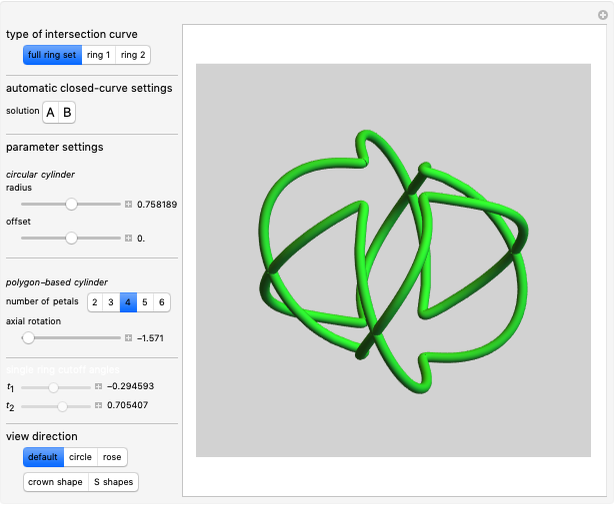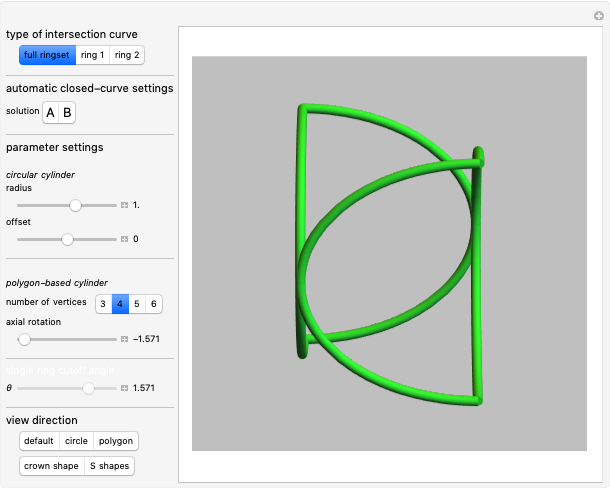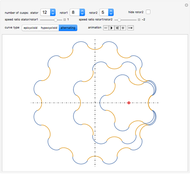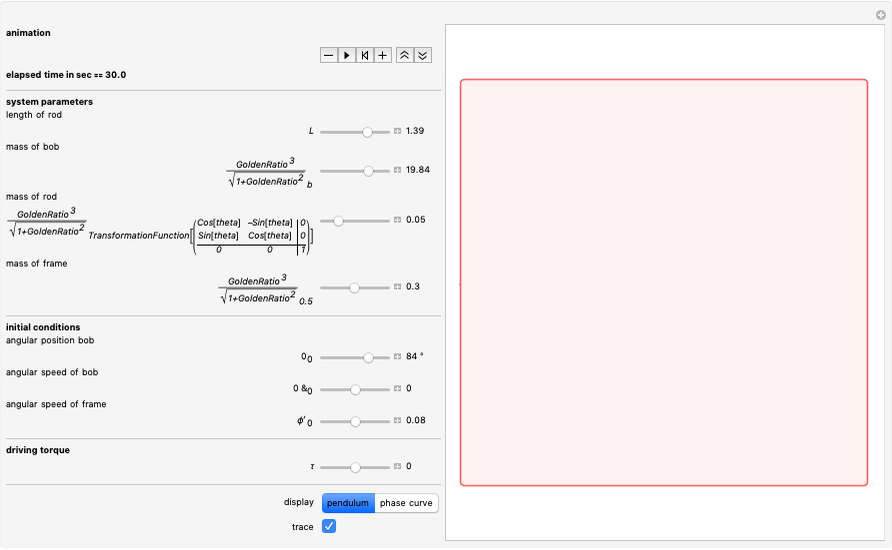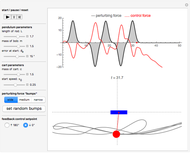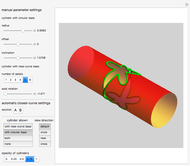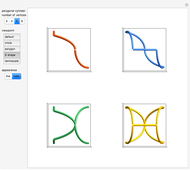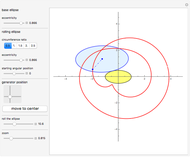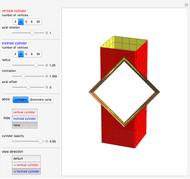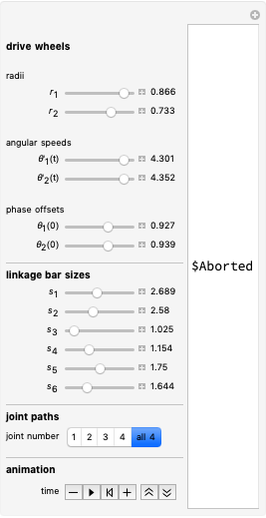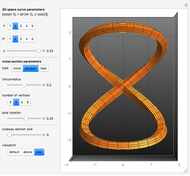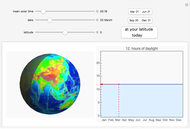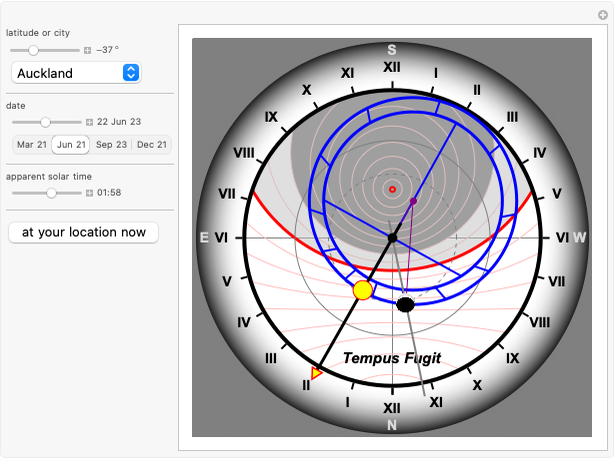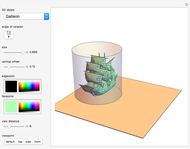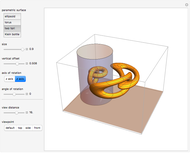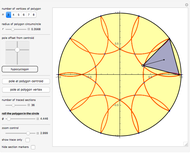Scrambler Ride

Requires a Wolfram Notebook System
Interact on desktop, mobile and cloud with the free Wolfram Player or other Wolfram Language products.
The scrambler (or twist) is a popular amusement park ride. It turns on a dual axis, with each axis a center of an independent rotation. A frame with three arms rotates at constant speed around a central axis. At the end of each arm, a second axis is the center of a rotating cage containing four riders.
[more]
Contributed by: Erik Mahieu (January 2013)
Open content licensed under CC BY-NC-SA
Snapshots
Details
The scrambler has two degrees of freedom: the rotation of the frame and the rotation of the cages relative to the frame.
The weights of the four riders determine the position of the center of mass for each cage. This position governs the movement of the cage.
The equations of motion are similar to the ones for the double pendulum:  ,
,  , where
, where  is the length of a frame arm,
is the length of a frame arm,  is the radius of the cage,
is the radius of the cage,  is the angular position of the arm of the frame, and
is the angular position of the arm of the frame, and  is the angular position of the cage.
is the angular position of the cage.
The math and physics of amusement rides can be found in [1]. For a drawing from the original 1940 patent of this ride, see [2].
References
[1] Nathan A. Unterman, Amusement Park Physics: A Teacher's Guide, 2nd ed., Portland, ME: Walch Publishing, 2001. books.google.com/books?id=xT5ooXBhEG4C.
[2] D. Burton. "Richard Harris' 1940 History-Making Patent." www.ride-extravaganza.com/intermediate/scrambler/merry-go-round.
Permanent Citation
"Scrambler Ride"
http://demonstrations.wolfram.com/ScramblerRide/
Wolfram Demonstrations Project
Published: January 3 2013












